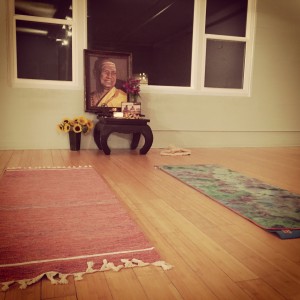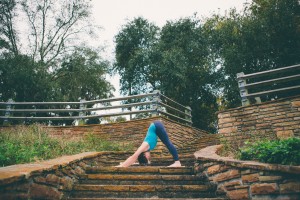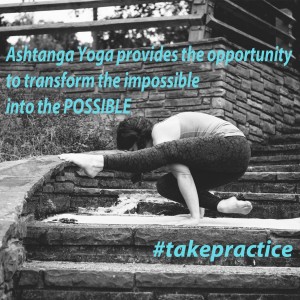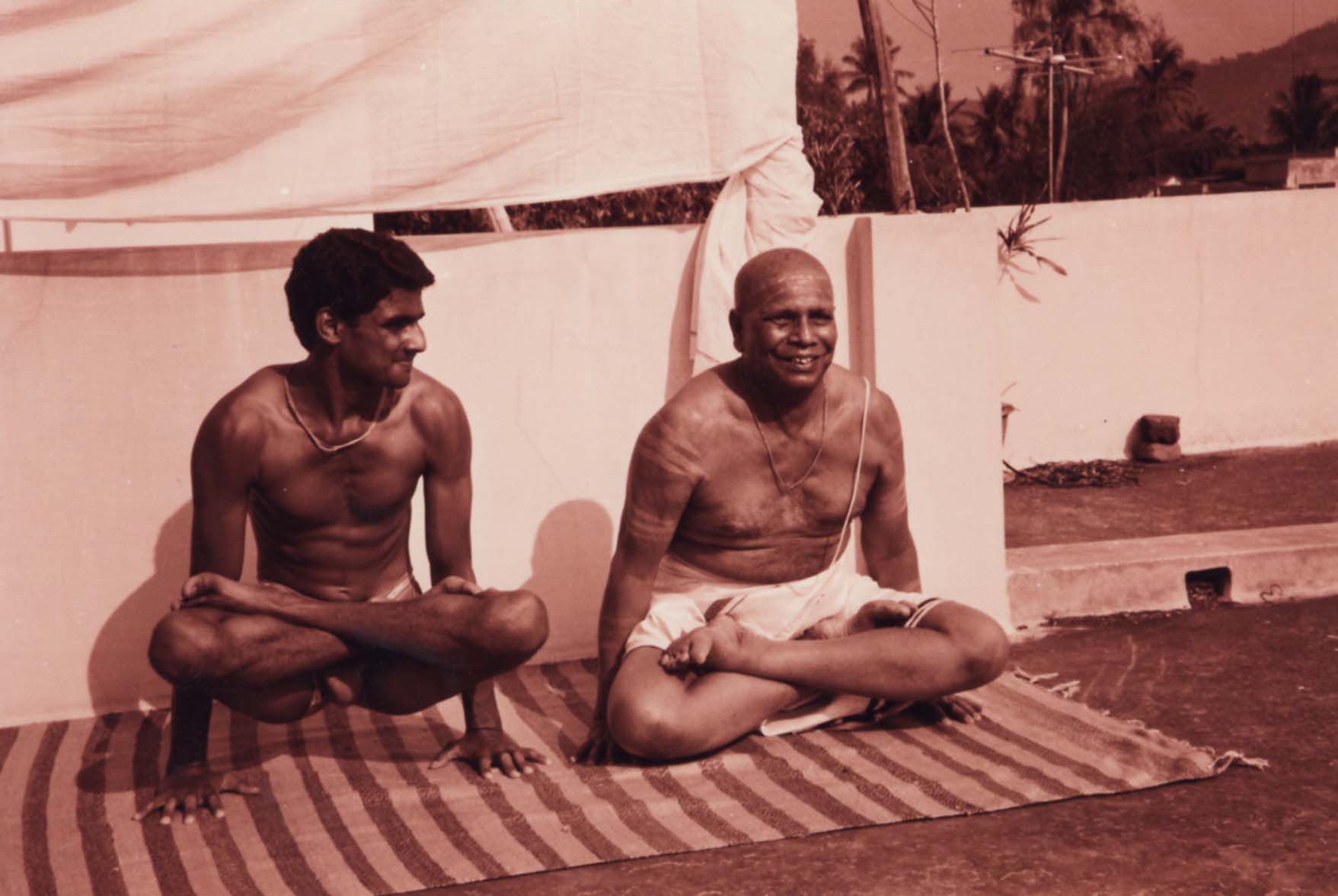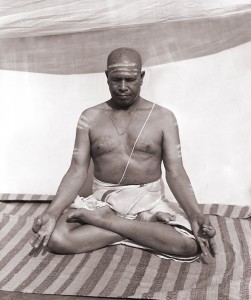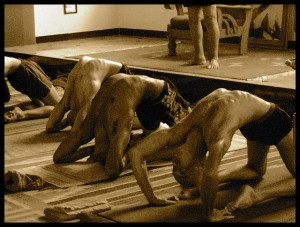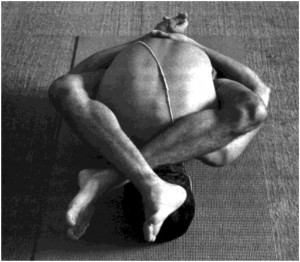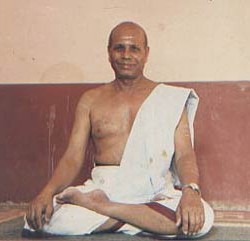
Maybe you’ve heard your teacher mention it. Maybe your friend’s friend swears by it. Maybe you haven’t heard of it at all, but here’s what the OIL BATH is all about.

The oil bath is a self-care practice to sooth and ease sore/strained muscles, support joint health and bring balance to the yoga practice week. Oil is applied to the entire body and then left on the skin for at least 10 minutes, up to 60 minutes and then wiped off and cleaned from the hair.
The oil bath supports supple muscles, mobile joints and a restful nights sleep, it’s a self-care ritual which is also meditative and is highly nourishing for the skin.
Here’s what you’ll need:
- Castor Oil (alternatives are almond and coconut oil)
- Towel which can be dedicated to oil bath
- Sheet which can be dedicated to oil bath
- Candle (optional)
- 30 or more minutes with privacy
This is how I do it:

I set up in the bathroom and light a candle for atmosphere (be sure to do this before you start to use oil and never leave an open flame unattended). Then spread a sheet on the floor to keep the tile from getting covered in oil. I have my oil bath towels out, I like to use two hand towels that are ONLY used for oil bath. I grab something to drink and then get started.
To start the process, remove all clothing and groom hair. If you have long hair, I recommend having a hair tie close by to easy use.
Begin to apply the oil at the top of the head on the scalp. Massage oil into the scalp and do your best to cover it completely. Once the scalp is finished, it can feel good to put long hair up in a bun to keep it off the skin.
Next, apply oil gently to the face and neck. Try using circular motions on the face and sweeping motions on the neck. Continue to apply oil all over the body. It can be very healing to use sweeping motions over the long bones (forearm, upper arm, thigh, lower leg) and circular motions over the joints.
There might be areas which seem to absorb the oil quickly, I would recommend applying extra oil here until there’s a small layer of oil on the surface. If you’re experiencing any pain, stiffness or injury, extra oil can be applied here.
Advice and Guidelines:
- Avoid going out in the sun after an oil bath.
- Consult with your Doctor before doing an oil bath if you are pregnant or trying to get pregnant.
- If your Doctor approves the oil bath, DO NOT use cator oil if you are pregnant. Instead use almond or coconut oil.
- It’s normal for the experience to be warming. If you start to feel uncomfortably warm, that’s a sign for the oil bath to be done for the night.
- Consider not oiling the bottoms of your feet until you’ve done it a couple of times, it’s messy and a hazard to get up and move around when you have oil on your feet. The first couple of times you might have a hard time sitting still and/or remember something you need.
- Whatever towel/blanket you choose to use, DO NOT place it in the dryer – it’s a fire hazard. I launder mine separately and let them air dry.
For your first oil bath, I recommend leaving the oil on for about 10 minutes once it is completely applied. It usually takes about 10 minutes to apply the oil so this first time will last about 20 min from the time you start applying the oil.
When you’re ready to take the oil off, I start with the limbs. Using the designated oil bath towel, gently wipe the oil from the skin. Next step in a warm shower to rinse off the oil and wash the hair. For my hair, it works to shampoo twice and skip the conditioner. This gets all of the oil out of my hair for me and leaves it feeling soft. Your hair might need less/more shampoo to remove the oil. I do not was my skin while in the shower but you might like to use some soap.
After you get out of the shower it’s nice to get cozy and either cuddle up with a book or head to bed for some snuggly rest. Before going to bed be sure to blow out your candle if you lit one. Additionally, you might want to send a kettle of boiling water down the shower drain. Our home is from the 1950s and sometimes the drain can get a little slow. I’ve found if I use boiling water after my oil bath shower, the drain stays flowing freely!
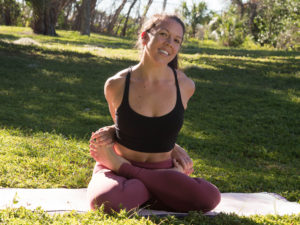
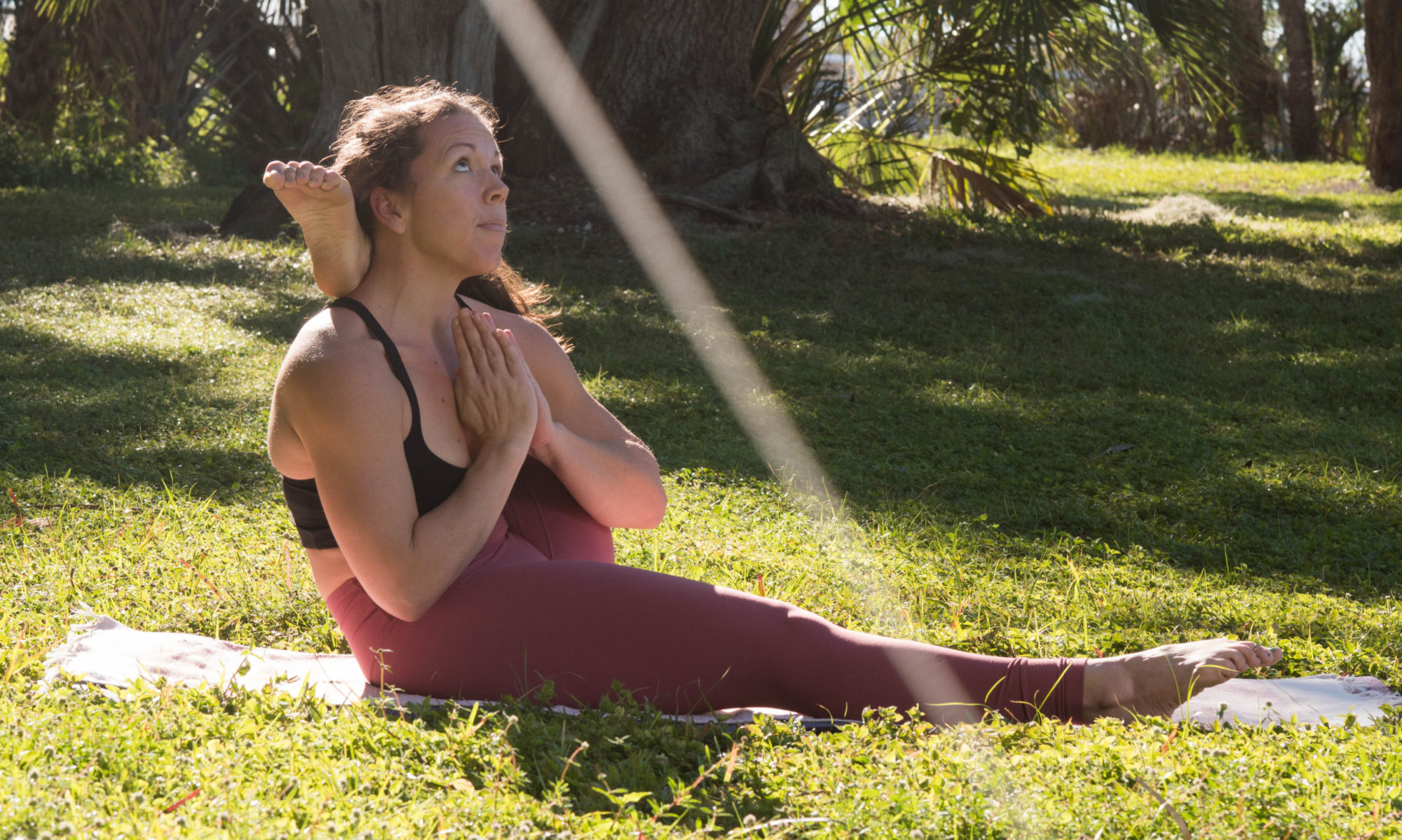
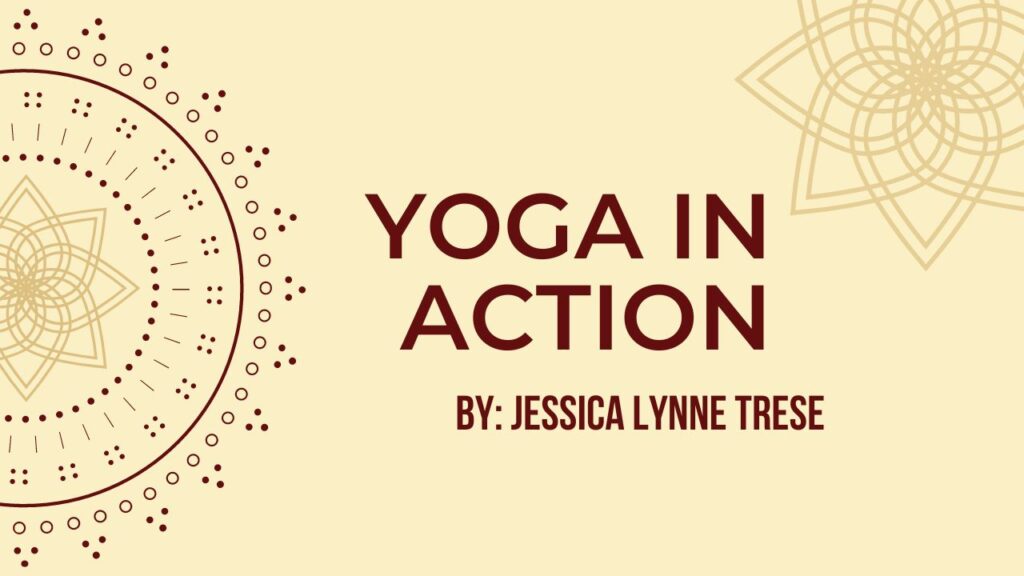
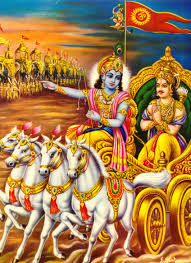
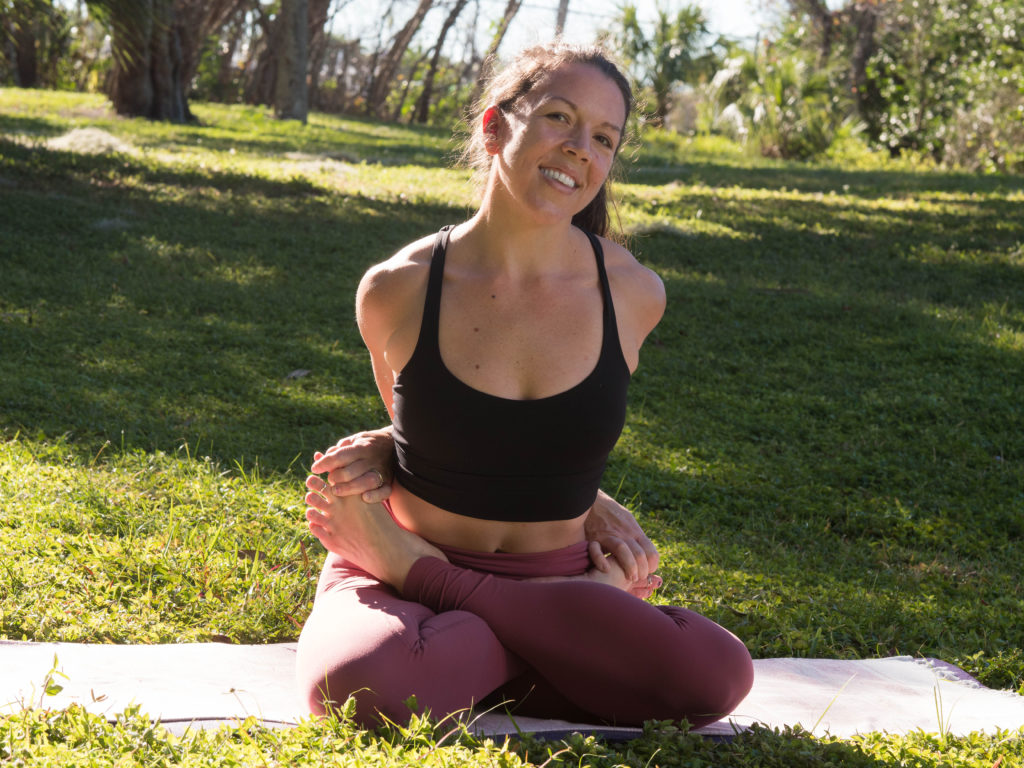
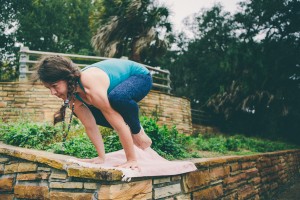

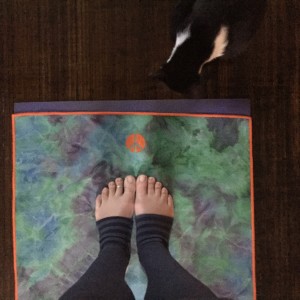
 It is recommended that women rest from their Ashtanga practice during the first trimester of pregnancy. This is a very delicate time in the gestational process and most women are guided to let their bodies lead the process without adding a strong practice to the mix. For me, this hiatus began with standard first trimester rest, and then some complications led me from voluntary rest to limited activity as ordered by my Doctor. We also had a few more bumps in the road which kept me away from my mat for another month.
It is recommended that women rest from their Ashtanga practice during the first trimester of pregnancy. This is a very delicate time in the gestational process and most women are guided to let their bodies lead the process without adding a strong practice to the mix. For me, this hiatus began with standard first trimester rest, and then some complications led me from voluntary rest to limited activity as ordered by my Doctor. We also had a few more bumps in the road which kept me away from my mat for another month. I know I will never ‘get back to where I was,’ because that moment has passed and this moment is an entirely new experience. And I also know I will once again find ease and grace on my mat, a brand new and also familiar experience in each fresh moment, and in each familiar pose. I will once again grab my heels in kapotasana, and find lightness as I drop back, it will come.
I know I will never ‘get back to where I was,’ because that moment has passed and this moment is an entirely new experience. And I also know I will once again find ease and grace on my mat, a brand new and also familiar experience in each fresh moment, and in each familiar pose. I will once again grab my heels in kapotasana, and find lightness as I drop back, it will come. 
